The Roman Empire ancient yet present
Organizing a journey when visiting Rome, could be challenging. You might be curious about the best location in Europe to experience a blend of history, culture, and aesthetic appeal. If your contemplation is leaning towards Italy, Rome emerges as a superior option.
This city doesn’t merely represent Italy’s core; it also signifies a convergence of the bygone and the contemporary. Envision wandering amidst age-old ruins one moment and relishing a refreshing espresso in a lively square the subsequent one. This is visiting Rome!
Rome proffers more than just impressive vistas and mouth-watering Italian gastronomy. It allows you to delve deeply into the narratives of the ancient Roman Empire, its military methods, architectural marvels, and daily existence during antiquated times.
Key Takeaways
- Rome showcases a blend of ancient and modern attractions, including the Colosseum, Roman Forum, Palatine Hill, Pantheon, and Circo Massimo. Each site offers insight into the city’s rich history.
- Guided tours provide in-depth knowledge about Rome’s landmarks. Prices for adult tickets to popular sites like the Colosseum start at $43.65.
- Tips for first-time visitors include booking tickets in advance, using public transport, learning basic Italian phrases, staying hydrated with refillable water bottles from public fountains, and dressing comfortably for walking.
- The best times to visit Rome are during spring (late March to June) and fall (September to November) when weather conditions are ideal for exploring outdoor historical sites.
- Beyond major attractions, Rome encourages exploration of its vibrant neighborhoods like Monti and engaging in local cuisine at traditional trattorias near areas such as Piazza Navona.
Visiting Rome, be prepared for a trip across the timeline!
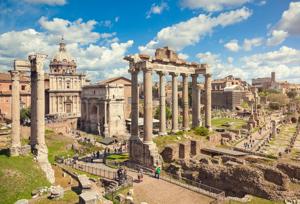
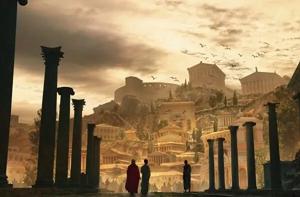
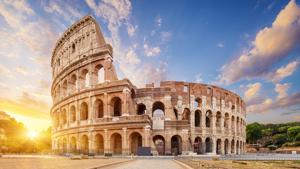
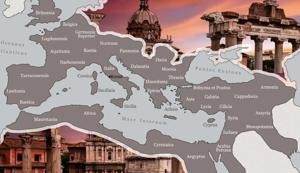
The Roman Empire was one of the most influential and enduring political entities in ancient history, spanning large parts of Europe, North Africa, and the Near East. It played a pivotal role in shaping Western civilization through its governance, culture, and legacy.
Overview of the Roman Empire
Founding and Expansion: The Roman Empire began when Octavian, later known as Augustus, became the first emperor in 27 BC, marking the end of the Roman Republic. The empire expanded significantly during the Republic era, and by the 2nd century AD, it had reached its greatest territorial extent under Emperor Trajan.
Government and Structure: The empire was governed as an autocracy, with emperors holding supreme power. It was divided into senatorial and imperial provinces, each governed differently.
Cultural Diversity: The Roman Empire was a melting pot of cultures, with diverse languages, traditions, and belief systems. It was heavily influenced by Greek culture, especially in art and philosophy.
Periods of the Roman Empire
Pax Romana (27 BC – 180 AD): This period was marked by stability and prosperity, with significant cultural and architectural achievements.
Decline and Crisis (180 – 284 AD): The empire faced internal strife, external invasions, and economic troubles. It briefly fragmented into smaller empires but was reunified under Diocletian.
Division and Fall (284 – 476 AD): The empire was divided into Eastern (Byzantine) and Western halves. The Western Roman Empire collapsed in 476 AD, while the Eastern Roman Empire lasted until 1453 AD.
Legacy of the Roman Empire
Language and Law: Latin became the basis for many European languages, and Roman law influenced legal systems in the Western world.
Architecture and Engineering: The Romans developed advanced infrastructure, including roads, bridges, and aqueducts.
Art and Culture: Roman art and literature were influenced by Greek styles, with notable works like Virgil’s The Aeneid.
The Roman Empire’s impact on modern society is profound, with its legacy visible in politics, architecture, art, literature, and law. All is there when visiting Rome.
Exploring the Colosseum when Visiting Rome

Can You Imagine Standing in the Ancient Arena?
The Colosseum, also known as the Flavian Amphitheatre, started its construction in 72 AD and opened its doors to about 50,000 spectators. This iconic structure held gladiator fights, animal hunts, and dramatic performances that captured the essence of ancient Roman culture.
Today, visitors can take guided tours costing from $43.65 to $61.45 per adult. These tours offer a glimpse into Rome’s glorious past.
When visiting Rome, I went to this monumental structure and was overwhelmed by its history and architecture. – Edoardo De Gregori.
Walking through the same entrances that ancient Romans used transports you back to a time when emperors ruled and gladiators fought for their lives on the sandy arena floor. Each stone tells a story of triumphs, defeats, and everyday life in what was once considered the center of entertainment during Roman times.
The Colosseum stands today not just as an architectural marvel but as a testament to the ingenuity of ancient Rome’s engineers and architects. A must when visiting Rome.
Visiting Rome, Walking Through the Roman Forum

Walking through the Roman Forum offers a peek into the heart of ancient Rome. The Forum served as the center of political, religious, and social life in ancient times. Here, you can tread where emperors once walked and sense the ghosts of Rome’s past whispering around every corner.
The stone paths lead visitors past ruins that were once bustling markets, grand temples, and imposing government buildings.
As you explore, imagine the roar of crowds gathered to hear speeches from public officials or to witness triumphant parades returning from battle. Highlights include glimpses of the Senate House where decisions shaping an empire were made, and remnants of the Regia, believed to have been a royal residence.
Every step reveals layers of history untold for centuries
The journey through time doesn’t end here. Next up is discovering the Palatine Hill, where myths say Rome was founded and emperors built their majestic palaces.
Discovering the Palatine Hill

What Awaits You on Palatine Hill?
Palatine Hill stands as the heart of Roman history. This ancient site offers a glimpse into the lives of emperors and wealthy families. Visitors can stroll through the ruins of grand palaces like Domus Flavia and Domus Augusti.
These structures belonged to famous figures, including Emperor Augustus, Rome’s first ruler.
The hill provides stunning views of the Roman Forum below. Guided tours often highlight its significance in ancient times, showcasing how it shaped Roman civilization. A ticket for a Colosseum, Roman Forum, and Palatine Hill guided tour starts at just $43.65 per adult.
As you explore this historic area, immerse yourself in tales from centuries past that still resonate today.
Visiting Rome – visit the Pantheon
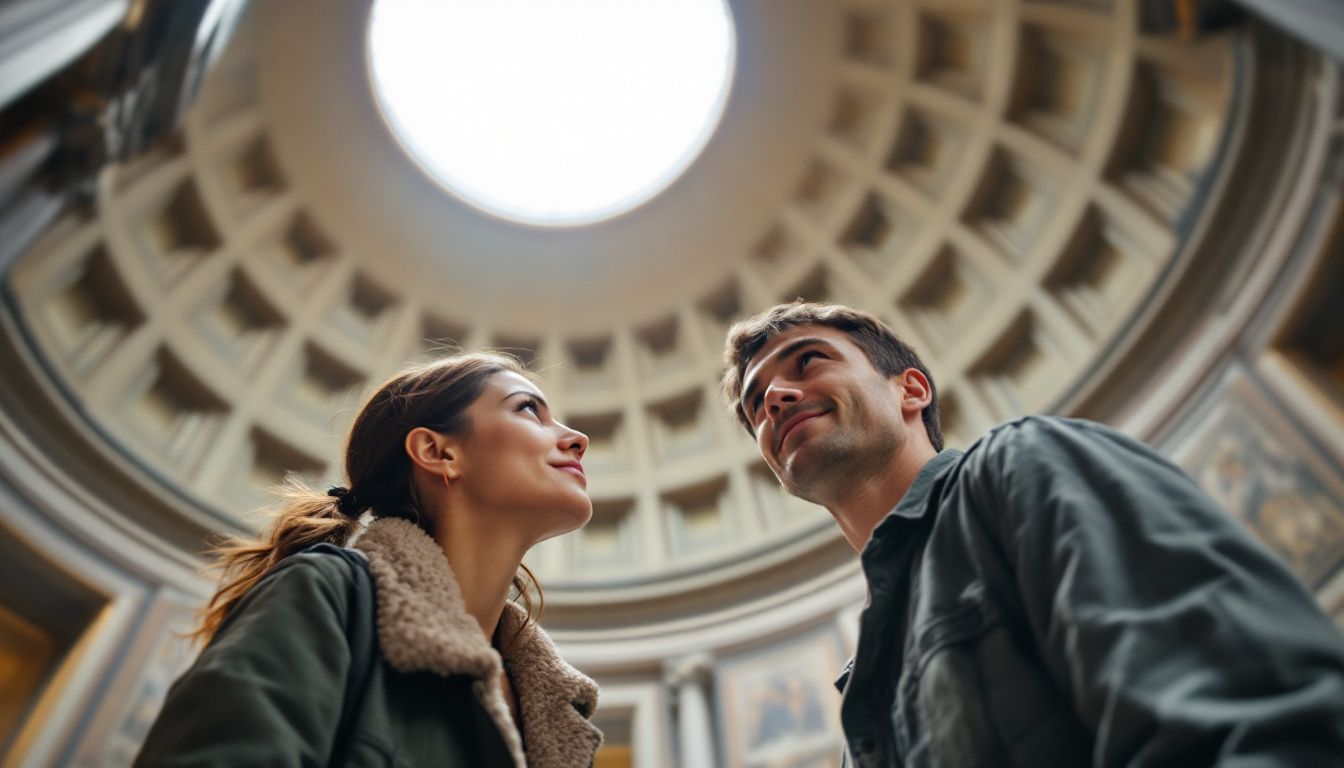
Why Should You Visit the Pantheon?
The Pantheon stands as a stunning example of Roman architecture. Built around 126 AD, this ancient temple honors the gods of Ancient Rome. Its massive dome remains one of the largest unreinforced concrete domes in the world.
Visitors often marvel at its oculus, which allows natural light to flood the interior.
Inside, beautiful marble floors and grand columns impress every guest. The Pantheon also serves as a burial site for several important figures, including painter Raphael. Many tourists find peace within its walls while reflecting on the history surrounding them.
This iconic structure truly showcases Rome’s rich culture and architectural brilliance.
Touring the Circo Massimo

What Makes Touring the Circo Massimo Special?
After exploring the beauty of the Pantheon, you might want to visit the Circo Massimo next. This ancient chariot racing stadium stands as one of Rome’s most impressive ruins. The Circo Massimo is the largest stadium from antiquity, boasting a capacity for up to 150,000 spectators.
Here, chariot races roared to life in front of eager crowds. Religious festivals also took place on this grand site.
Visitors can now walk through its expansive grounds and imagine the thrill of ancient competitions. Informational signs guide tourists through its fascinating history. Guided tours are available, providing deeper insights into what life was like during those exciting times in Ancient Rome.
From this location, many visitors enjoy stunning views of nearby landmarks such as Palatine Hill and other remarkable ruins.
The architectural achievements showcased at Circo Massimo highlight the cultural significance of the Roman Empire. Even today, it serves as a popular venue for concerts and public events.
Exploring these ruins allows guests to connect with Rome’s rich heritage while marveling at what once captivated so many spectators in this grand arena known as “the largest circus.
Strolling Piazza Navona when Visiting Rome

After touring the Circo Massimo, head over to Piazza Navona. This bustling square shines with stunning Baroque architecture. Built on the site of the ancient Stadium of Domitian, it once hosted exciting athletic competitions.
The centerpiece, Fountain of the Four Rivers, was crafted by Gian Lorenzo Bernini and mesmerizes visitors with its beauty.
Piazza Navona lives up to its popularity as a tourist destination. Charming boutiques and traditional Roman trattorias line its surrounding streets. Evening strolls create a lively atmosphere filled with culture and history.
Visitors can enjoy gelato while soaking in Rome’s vibrant nightlife near this iconic piazza. A visit here is vital for anyone exploring the Eternal City.
Visiting the Imperial Forums

Why Should You Visit the Imperial Forums when visiting Rome?
Visiting the Imperial Forums offers a glimpse into ancient Roman life. These forums served as centers for political, commercial, and social activities. They were built by various emperors, including Julius Caesar and Augustus.
The Forum of Caesar is one of the most famous examples, showcasing impressive architecture and historical significance.
As you stroll through the Via dei Fori Imperiali, you will encounter ruins that tell stories of power and ambition. Trajan’s Column stands tall nearby, commemorating Emperor Trajan’s military victories.
This column serves as a monument and provides insights into the expansion of the empire during his rule. Exploring these sites enhances your understanding of Rome’s rich history and culture while immersing you in its vibrant atmosphere.
Experiencing the Baths of Caracalla
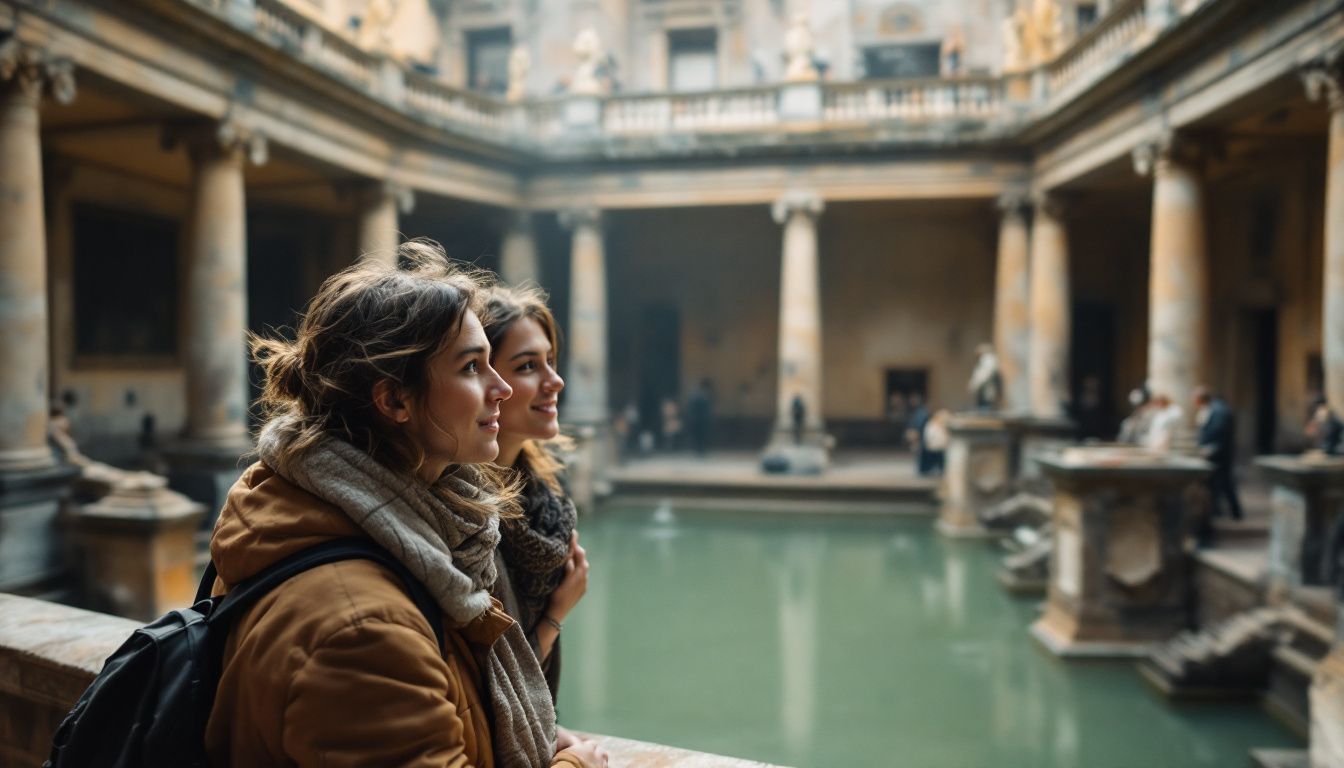
What Awaits You at the Baths of Caracalla?
The Baths of Caracalla stand as a testament to the grandeur of the Roman Empire. Built in the 3rd century AD, these baths were among the largest public bathing complexes. They featured hot and cold baths, a gymnasium, gardens, and even a library.
People flocked here not just for cleanliness but also for social engagement. The ruins today offer a peek into ancient Roman architecture and engineering marvels.
Visitors explore remarkably preserved remains that showcase sophisticated water systems and stunning marble decorations. These elements highlight how advanced Romans were in their building techniques.
The Baths symbolize wealth and power during the reign of emperors like Caracalla himself. Nearby dining options enhance your experience with authentic Italian cooking using seasonal ingredients from local markets.
Tourists can easily reach this site via Rome’s efficient public transport system, including subways that link various attractions effortlessly. Guided historical tours often include stops at these magnificent ruins, allowing you to absorb Rome’s rich cultural significance fully.
Indulging in both history and gastronomy makes your visit truly unforgettable at this iconic location.
Exploring the Capitoline Museums
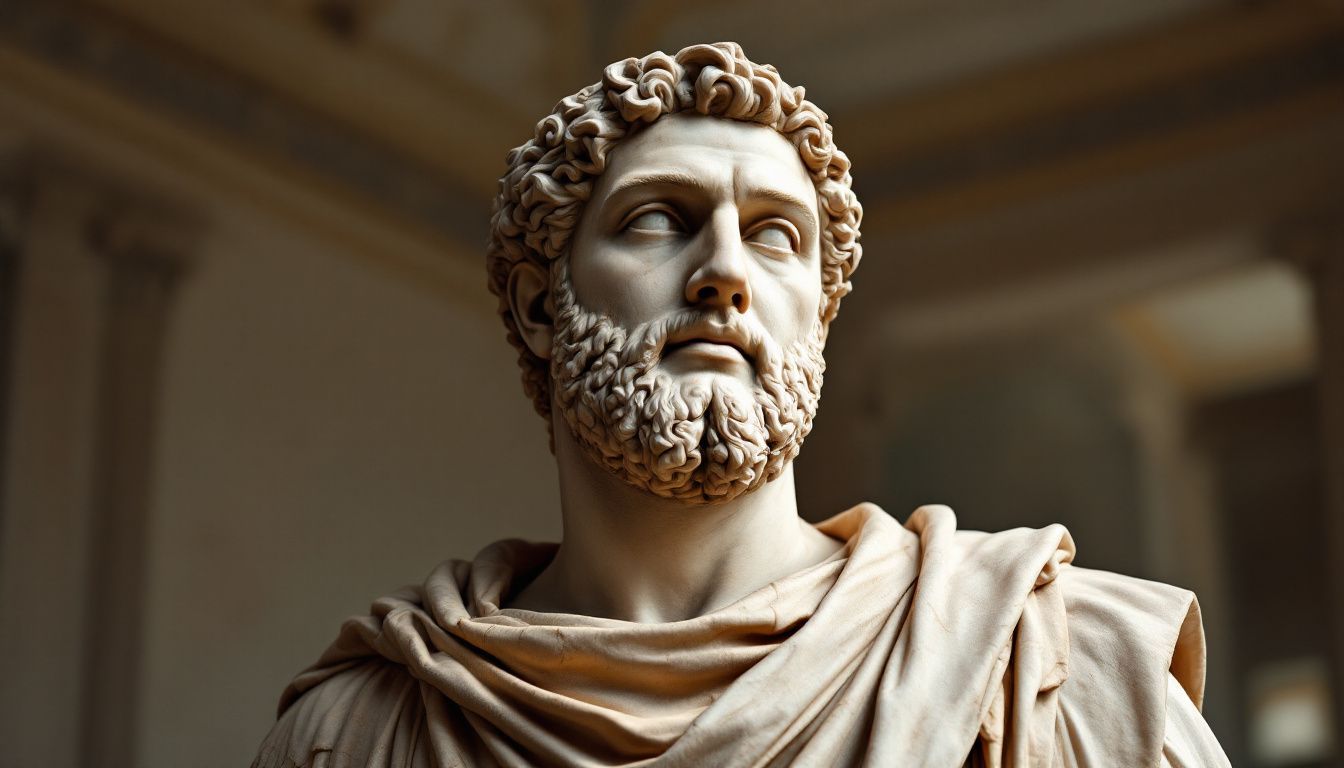
What Wonders Await at the Capitoline Museums?
The Capitoline Museums stand as the world’s oldest public museum. They sit atop Capitoline Hill and showcase a rich collection of artifacts from the Roman Empire. Visitors can view stunning works like the statue of Emperor Marcus Aurelius and the Dying Gaul sculpture.
Each exhibit reveals details about ancient Roman history, culture, art, architecture, and daily life.
Open daily from 9:00 AM to 7:30 PM, these museums offer fantastic views of the Roman Forum. As you explore, enjoy insights into how the Roman Empire shaped modern society. This experience is a must for anyone visiting Rome!
Additional Experiences in Rome
What Unique Experiences Await You in Rome?
Rome offers countless experiences beyond its famous sites. Enjoy delicious food at local trattorias, explore charming neighborhoods like Monti, and relax in beautiful piazzas.
Tips for First-Time Visitors
Visiting Rome for the first time can be exciting yet overwhelming. With a rich history and many attractions, planning your visit wisely will enhance your experience.
- Book Tickets in Advance: Long wait times often exceed two hours at popular sites like the Colosseum and Pantheon. Booking your tickets online can save you time and help avoid scams.
- Visit Early or Late: The best times to visit major attractions are in the early morning or late afternoon. These hours typically have smaller crowds, making your experience more enjoyable.
- Use Public Transportation: Rome has an excellent public transportation system that includes buses and metros. Use the metro to quickly reach attractions like the Vatican City and Circus Maximus.
- Learn Basic Italian Phrases: Knowing simple phrases can enhance your interactions with locals. Words like “grazie” (thank you) go a long way in showing respect for Roman culture.
- Stay Hydrated: Walking through historic sites makes you thirsty, especially during hot months. Carry a reusable water bottle to refill at public drinking fountains scattered throughout the city.
- Dress Comfortably: Wear comfortable shoes for walking on cobblestone streets and uneven surfaces at sites like Palatine Hill and Roman Forum. Consider lightweight clothing depending on the season.
- Explore Beyond Major Attractions: Check out hidden gems such as San Lorenzo in Miranda or Tibur for a taste of local life away from tourist traps. Visiting Villa Adriana offers beauty without the crowds.
- Try Local Cuisine: Taste authentic dishes such as pasta alla carbonara or suppli while dining in traditional trattorias near areas like Piazza Navona or Monti.
- Plan Your Itinerary Wisely: Group nearby attractions together to maximize your time effectively; explore the Imperial Forums after visiting the Colosseum for convenience.
- Keep Cash Handy: Some smaller shops or eateries prefer cash over cards, especially in areas like Suburra or around catacombs where less tourist traffic exists.
Following these tips will empower first-time visitors to enjoy all that Rome has to offer confidently, from ancient ruins to vibrant plazas brimming with life!
Best Times to Visit Rome
What Are the Best Times to Visit Rome?
The ideal times to explore Rome are during spring and fall. From late March to June, the weather warms up. Travelers enjoy mild temperatures and blooming flowers. The city buzzes with life without the heat of summer.
Fall offers similar benefits from September to November. Clear skies and pleasant afternoons make walking through sites like the Colosseum or the Roman Forum enjoyable. Major festivals, such as Liberation Day on April 25th, bring vibrant celebrations throughout this beautiful city.
Plan your trip around these seasons for a memorable experience in Rome’s rich culture and history.


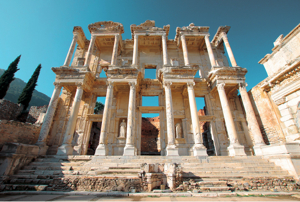

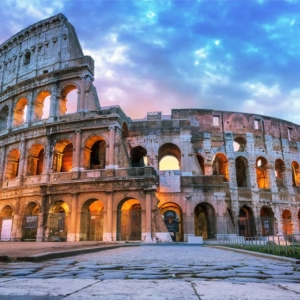
How to Get Around in Rome
After exploring the best times to visit Rome, understanding how to get around the city enhances your adventure. Rome offers various transportation options that make traveling simple and enjoyable.
- Public Transport: Use Rome’s public transport system for quick travel. Buses, trams, and metro lines cover the city effectively. Tickets are affordable and often valid for multiple modes of transportation.
- Metro System: The metro consists of two main lines—Line A (red) and Line B (blue). Each line connects important attractions like the Colosseum and Vatican City. Trains run frequently, especially during peak hours.
- Buses and Trams: Bus routes reach areas that the metro does not cover. They operate throughout the day and night, making it easy to explore more neighborhoods.
- Taxis: Taxis offer a convenient option, especially for small groups or late-night travel. Taxi fares typically round up for payment, providing clarity in costs.
- Biking: Consider renting bikes or electric scooters for a fun way to explore the city’s historic streets. Several bike-sharing services exist, offering a flexible way to move between spots like Piazza Navona and the Pantheon.
- Walking: Walking remains one of the best ways to experience Rome’s charm. Many attractions sit close together, allowing visitors to enjoy hidden gems along their route.
- Car Rentals: While car rentals are available, driving in Rome can be challenging due to traffic and narrow roads. Opting for public transport usually proves easier than driving.
- Pedestrian-Friendly Areas: Recent improvements have created more pedestrian-friendly spaces across the city. Enjoy leisurely strolls without worrying about heavy traffic in places like Campo de’ Fiori or near the Forum Romanum.
- Online Apps: Download transportation apps that provide real-time updates on bus schedules or metro arrivals—these can simplify getting around town efficiently.
- Key Landmarks Accessibility: Many major landmarks such as St. Peter’s Basilica and Circo Massimo remain accessible by foot from other significant sites due to their close proximity.
Embrace all these options while visiting Rome to create memorable experiences without difficulty!
Roman Empire-Inspired Tours
Explore the rich history of the Roman Empire through guided tours. These experiences bring ancient ruins and monuments to life.
- Colosseum Tours
Tour guides share stories about gladiators and emperors who walked these grounds. Visitors learn about the Colosseo’s construction during the Flavian dynasty. Tickets range from $32.46 to $75.22 per adult.
- Roman Forum Walks
Stroll through the Forum of Nerva and the Forum of Trajan with a knowledgeable guide. Guests discover key political and social hubs of ancient Rome, complete with fascinating tales from its past.
- Palatine Hill Adventures
Gain access to Palatino, where Rome was born. Guides explain how this area housed emperors, including those residing in the Flavian Palace.
- Pantheon Visits
Explore the iconic Pantheon with a tour that highlights its magnificent architecture by Agrippa. Admire its impressive dome and oculus while learning about Roman religion.
- Circo Massimo Tours
Visit Circo Massimo, an ancient chariot racing stadium. Discover its significance as a site for entertainment during Roman times.
- Imperial Forums Overview
Experience guided visits to Imperial Fora such as Trajan’s Market and the Temple of Antoninus and Faustina. Each forum has unique elements reflecting Rome’s grandeur.
- Capitoline Museums Exploration
Discover treasures within Capitoline Museums with expert guides leading you through history’s artifacts and artworks by Michelangelo and Bernini.
- Baths of Caracalla Insights
Tour the Baths of Caracalla, which showcase Roman engineering brilliance in bathhouse design and leisure culture.
- Piazza Navona Rambles
Take a tour around Piazza Navona to marvel at stunning fountains created by renowned artists like Bernini, while soaking in vibrant street life.
- Additional Cultural Experiences
Various organizations offer special holiday tours around significant dates like Epiphany or La Befana festivities, enhancing your experience in Rome’s rich culture.
- Transportation Tips for Tourists
Learn effective ways to travel around Rome during your tours, making your visit smoother from Fiumicino Airport to your preferred hotels or attractions.
- Engaging Historical Reenactments
Some tours provide reenactments that showcase pivotal moments in Roman history, allowing guests to connect deeply with their experience of this remarkable civilization.
Conclusion
Ready to Explore Rome’s Rich History?
Visiting Rome immerses you in the heart of the Roman Empire. You discover monumental sites like the Colosseum, Pantheon, and Roman Forum. Each location tells a story of ancient glory and intricate culture.
Practical tips ensure smooth travels throughout this historic city. By following these insights, you can make your experience both efficient and memorable.
Consider joining guided tours for a deeper understanding of history. They offer unique views on landmarks from expert perspectives. Explore local cultures at piazzas or savor authentic Roman cuisine during your stay.
Every moment spent in Rome offers reflection on its historical significance.
Ultimately, let curiosity guide your exploration through this magnificent city!
FAQs
1. What are some must-see historical sites when visiting Rome?
When you visit Rome, be sure to explore the ruins of the Roman Empire, including the Coliseum and Foro di Traiano. Don’t miss out on the Arch of Septimius Severus and Titus Flavius Domitianus’ Palace of Domitian.
2. Can you tell me more about Rome’s culture during the time of Caesars?
During Caesar’s reign, Rome was a thriving hub for arts and architecture. The Amphi-theatre and Collis Palatium were architectural marvels while Mars The Avenger represented religious beliefs.
3. Are there any famous artworks I should look for in Rome?
Yes! Look for Bernini’s Apollo and Daphne at Piazza della Rotonda or Madonna della Neve (Madonna of Snow) at Church of Santa Maria Maggiore. Also, don’t forget to admire ‘The Last Judgment’ in The Sistine Chapel.
4. What can one expect to see when exploring St Peter’s Basilica?
Inside St Peter’s Basilica, you’ll find magnificent works by artists like Brunelleschi as well as grand staircases leading up to palatial villas within its premises.
5. Where can I experience ancient Roman spas outside city limits?
Consider a trip to Baiae or Tivoli where you can enjoy rejuvenating experiences in old Roman spas nestled among idyllic landscapes.
6. Why is March 15th significant in Roman history?
March 15th is known as “the Ides of March,” infamous due to Julius Caesar’s assassination on this date.


 Cart is empty
Cart is empty 






